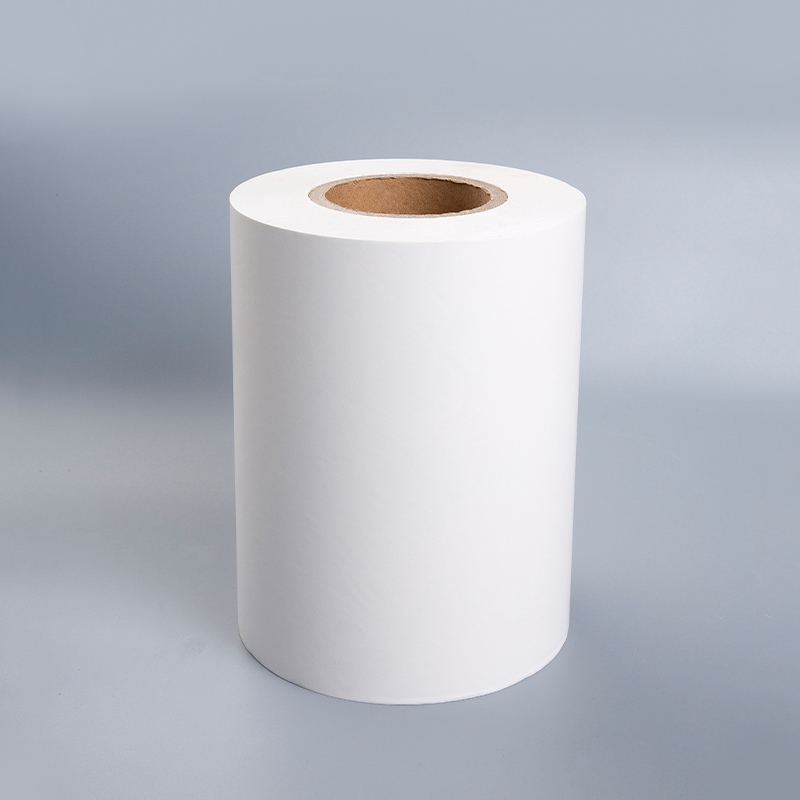The thickness and composition of the base layer in thermal synthetic paper significantly impact its overall functionality and performance. Here’s how:
1. Thickness of the Base Layer
Print Quality and Resolution:
Thicker Base Layer: A thicker base layer can provide a more stable and rigid substrate, which is beneficial for high-resolution prints. It can help maintain the integrity of the printed image, reducing distortions and ensuring clearer, sharper prints.
Thinner Base Layer: A thinner base layer may be more flexible and easier to handle, but it can be more susceptible to wrinkling or tearing during printing and handling. This might affect the print quality and the final appearance of the printed material.
Durability and Strength:
Thicker Base Layer: Generally offers greater durability and resistance to wear and tear. It can withstand handling, folding, and other physical stresses better, making it suitable for applications where the paper is subject to rough conditions.
Thinner Base Layer: May be less durable and more prone to damage. It is often used in applications where the paper is less likely to be handled extensively or where cost considerations are more critical.
Heat Sensitivity:
Thicker Base Layer: Can influence the heat distribution during the printing process. If not properly managed, it might result in uneven heating, which could affect the color development and adhesion of the thermal coating.
Thinner Base Layer: Generally heats up more quickly and evenly, which can lead to more consistent color development. However, it might also be more sensitive to temperature variations during printing.
2. Composition of the Base Layer
Material Properties:
Polypropylene (PP) or Polyester (PET): These are common materials used in thermal synthetic paper. They offer different properties, such as flexibility, chemical resistance, and durability. The choice of material affects the paper's performance in various environments.
Polypropylene: Typically offers better flexibility and is more cost-effective, but might have lower durability compared to polyester.
Polyester: Provides higher durability and chemical resistance, making it suitable for more demanding applications.
Surface Texture:
Smooth Surface: A smooth base layer helps in achieving high-quality prints with fine details and minimal distortion. It also facilitates better contact with thermal printheads or transfer ribbons.
Textured Surface: A textured or rough base layer can affect the print quality and may require adjustments in the printing process. It might be used for specific applications where grip or tactile properties are desired.
Coating and Treatment:
Coated Base Layer: Some thermal synthetic papers have a special coating on the base layer to enhance properties like adhesion or resistance to environmental factors. For example, an anti-static coating can help in reducing static build-up during printing.
Uncoated Base Layer: May be used where less interaction with the printhead is required, or in applications where the paper will be used in less demanding environments.

3. Performance Implications
Color Development:
The thickness and composition of the base layer impact how heat is transferred to the thermal coating. An optimal base layer helps in achieving consistent and accurate color development.
Print Longevity:
A well-chosen base layer contributes to the longevity of the print by ensuring that the thermal coating adheres properly and remains intact over time, even under varying environmental conditions.
Functionality in Specific Applications:
Labeling: In labeling applications, the thickness and composition of the base layer affect the label’s ability to adhere to surfaces and withstand environmental stresses.
Receipts and Tickets: For receipts and tickets, factors like flexibility, durability, and clarity are critical for ensuring legibility and usability.
The thickness and composition of the base layer in thermal synthetic paper are crucial in determining its functionality and performance. A thicker base layer generally offers better durability and print quality, while a thinner base layer provides flexibility and ease of handling. The material choice and surface texture of the base layer also play important roles in print quality, heat sensitivity, and overall performance. Proper selection and optimization of the base layer are essential for achieving the desired results in various applications of thermal synthetic paper.

 English
English Español
Español русский
русский











